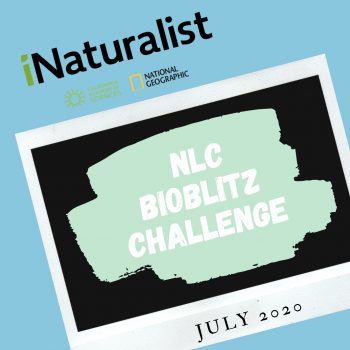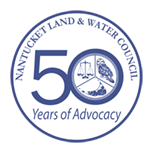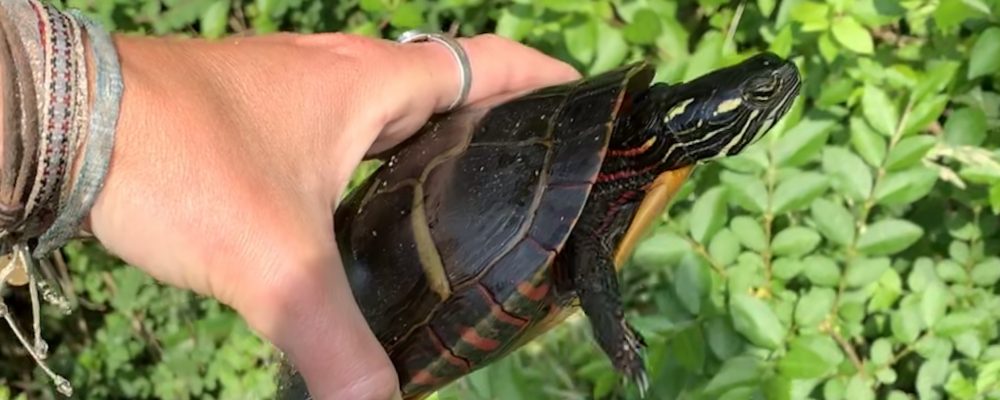Please enjoy this special installment of NLC News by Helen Weeks, NLC Associate.
As soon as the Covid-19 pandemic began, environmental groups and people all over the world pivoted to figure out how to continue their work in a meaningful way, stay connected as a community, and also remain physically distanced from one another. Citizen science has always been an effective way to collaborate remotely, while also honoring the non-scientists’ and civilians’ ability to collect meaningful data to support a larger cause.  The NLC BioBlitz 2020 was a group effort to systematically observe and document the natural flora and fauna of Nantucket. It was a month-long ‘blitz’ in July, and the goal was to document as many species as possible.
The NLC BioBlitz 2020 was a group effort to systematically observe and document the natural flora and fauna of Nantucket. It was a month-long ‘blitz’ in July, and the goal was to document as many species as possible.
The data was collected and compiled through the app iNaturalist, which is used internationally. An individual took a picture of something from nature, then uploaded it to the app. Using both the geographic location and physical attributes, the app guessed which species it could be, and gave multiple suggestions to pick from. Once an observation was uploaded with a photo, geotag and potential species ID, other iNaturalist users or ‘identifiers,’ were able to either confirm or deny the guess. Once the data was entered into the app and positively confirmed, it could be compiled for any type of specific research project a scientist is working on. For example, if someone was trying to document frequency of pollinators, or look at data year-to-year to understand more about regional phenology. “Phenology is the study of the timing of the biological events in plants and animals such as flowering, leafing, hibernation, reproduction, and migration. Scientists who study phenology are interested in the timing of such biological events in relation to changes in season and climate.”
The turnout for the NLC BioBlitz 2020 was impressive! There were 77 participants on-island or ‘observers,’ and 154 ‘identifiers’ who verified the data. Together they cataloged 295 individual species out of 501 total observations. As a guideline for exploration during the project, users were encouraged to visit a diverse list of biomes. Specific habitats included rocky shore, sandy beach, salt marsh, freshwater pond, brackish pond or creek, swamp, vernal pool, coastal heathland, hardwood forest, pine barren, sandplain grassland and coastal dune. Participants visited countless conservation properties during their exploration, including those owned by the Nantucket Land Bank, Nantucket Conservation Foundation, Trustees and Audubon. Out of the total 501 observations, 60% of those were plant species. The most commonly observed species overall was the Wild Carrot, and the second was the Great Mullein. The next most commonly observed category was insects, which made up 14% of the total observations. The third most common category was fungi, with ~9% of observations. This just goes to show the importance of understanding and documenting all aspects of a natural habitat, no matter how tiny or even inanimate!
Although this project was birthed out of necessity for connection during a worldwide pandemic, NLC looks forward to continuing the BioBlitz project each July for years to come. The scientific goal is to contribute to research projects year-round, and eventually to study phenology of native species with a longitudinal study. The personal and most important goal of the project is to get anyone and everyone interested in nature and spark the eternal flame of curiosity. So after you read this, STOP, take a moment, and observe the little things along the way during your next walk. Oh, are you wondering what that thing is now? I heard there’s an app for that…
Special thanks to all conservation groups that invited participants onto their properties. Please be sure to get out there and join us again in July 2021!

